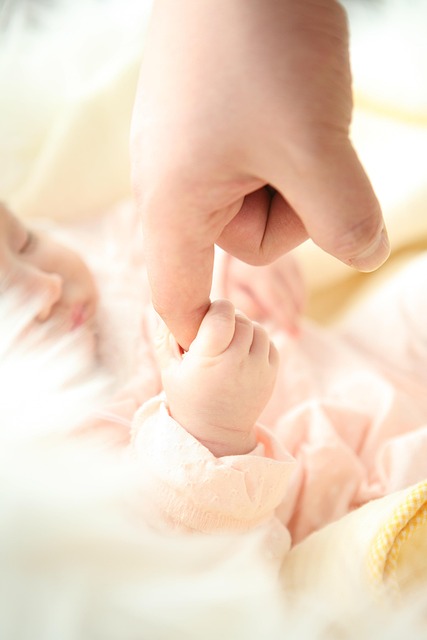The American Academy of Pediatrics (AAP) has consistently endorsed the safety of placing infants on their backs for sleep and minimizing soft bedding in cribs. While adhering to these guidelines is vital, emerging research indicates that many factors contributing to Sudden Infant Death Syndrome (SIDS) extend beyond just the sleep environment. Key contributors include maternal smoking and alcohol consumption during pregnancy, genetic predispositions, breastfeeding practices, and the infant’s age. Although the sleep setting plays a role, it is not the only consideration.
A recent study by Dr. Samuel Thompson from the Children’s Health Institute proposes three primary factors associated with SIDS. The first involves an “intrinsic predisposition” of certain infants to SIDS, which encompasses genetic, developmental, and environmental influences. Risk factors like maternal smoking or drinking during pregnancy elevate the likelihood of SIDS, while being male or born prematurely also increases vulnerability. Additionally, breastfeeding has been shown to mitigate the risk of SIDS.
The second factor is the infant’s age, with those under six months facing the highest risk. The third factor pertains to the sleep environment, which includes the baby’s sleeping position and crib setup. An analysis of SIDS statistics from 1983 to 2012 revealed a significant 38% decline in SIDS cases in the U.S. between 1992 and 1996, aligning with the AAP’s recommendations for back sleeping.
While the recommendations regarding sleep environment have contributed to this decline, it is important to note that simultaneous reductions in maternal smoking rates and increases in breastfeeding rates also played crucial roles. The study concludes that while addressing sleep conditions remains significant, it is likely insufficient for further reducing infant mortality rates associated with SIDS. As Dr. Thompson points out, most infants diagnosed with SIDS today are not found in prone positions, highlighting that other factors are likely more impactful than sleep position alone.
In summary, the study reaffirms the established guideline of having infants sleep on their backs and keeping cribs clear of soft bedding, such as blankets and bumpers. However, Dr. Lisa Reynolds and Dr. Mark Foster, both affiliated with the Pediatric Research Center, emphasized in a recent editorial that efforts must also concentrate on reducing intrinsic risks. This includes promoting smoking cessation, eliminating drug and alcohol exposure during pregnancy, and enhancing breastfeeding rates and access to quality prenatal care.
As parents, ensuring the safety and health of our children is paramount. With the overwhelming amount of information available, often conflicting, knowledge remains a powerful tool. Staying informed through credible sources allows us to make the best choices for our families. For those interested in exploring further, you can visit this resource to learn more about fertility journeys and this authority for home insemination options. Additionally, NHS provides excellent information on related pregnancy and home insemination topics.
Summary:
The risk of Sudden Infant Death Syndrome (SIDS) is influenced by multiple factors beyond just sleep environment, including maternal behaviors during pregnancy, genetic factors, and the infant’s age. While sleep position recommendations are essential, they are not the sole solution for reducing SIDS cases. Comprehensive strategies focusing on intrinsic risk factors are necessary for further progress.
Keyphrase: SIDS risk factors
Tags: [“home insemination kit” “home insemination syringe” “self insemination”]
